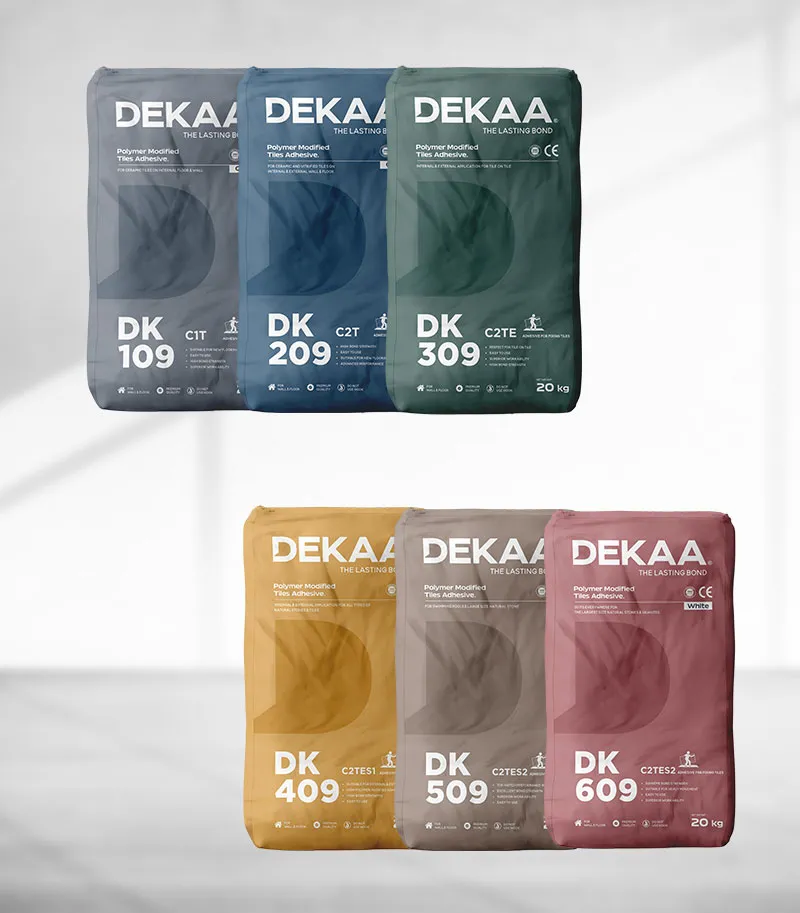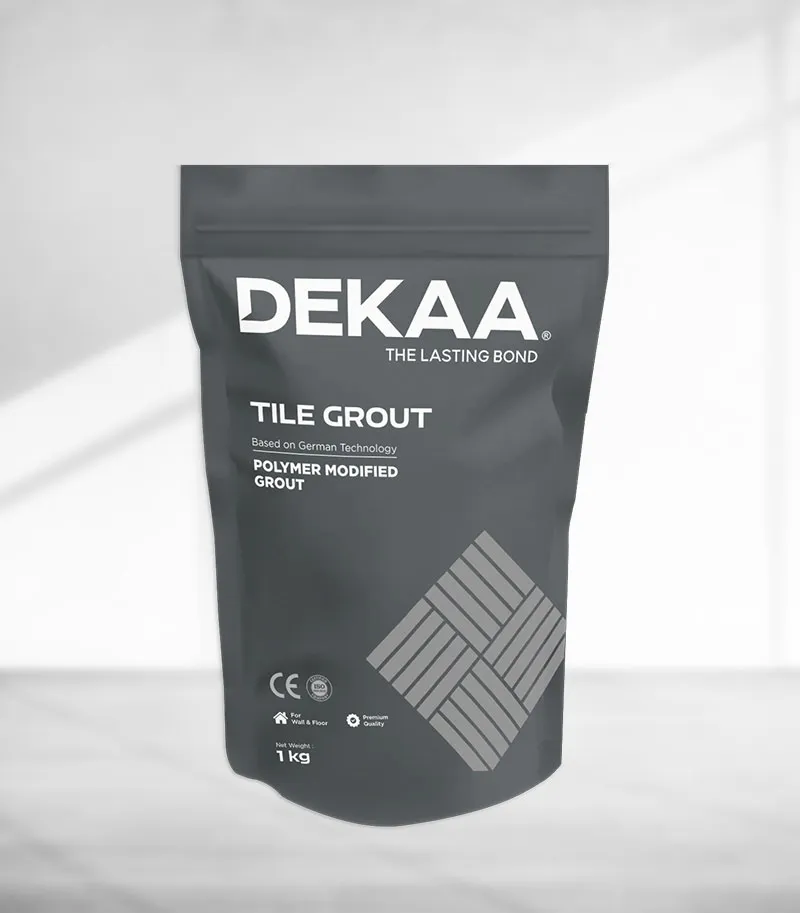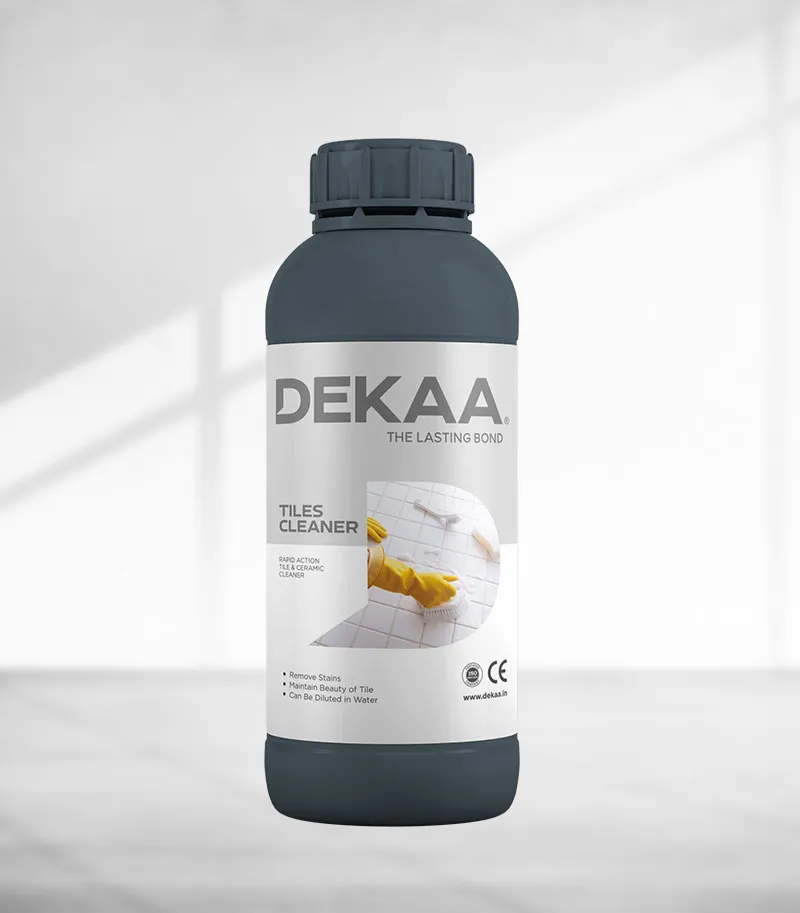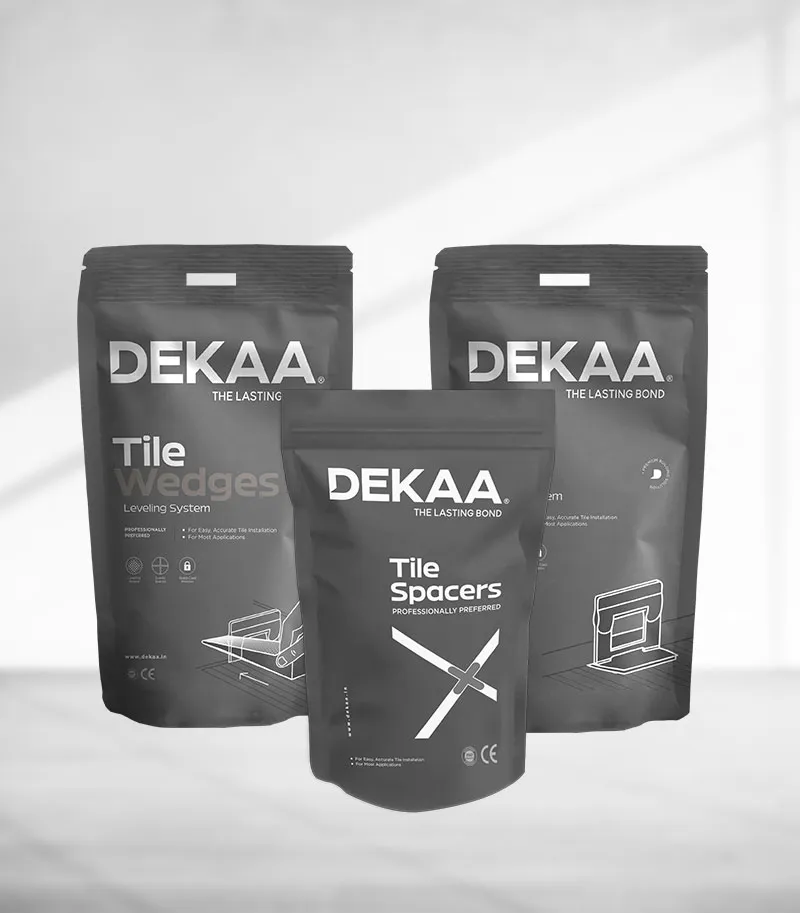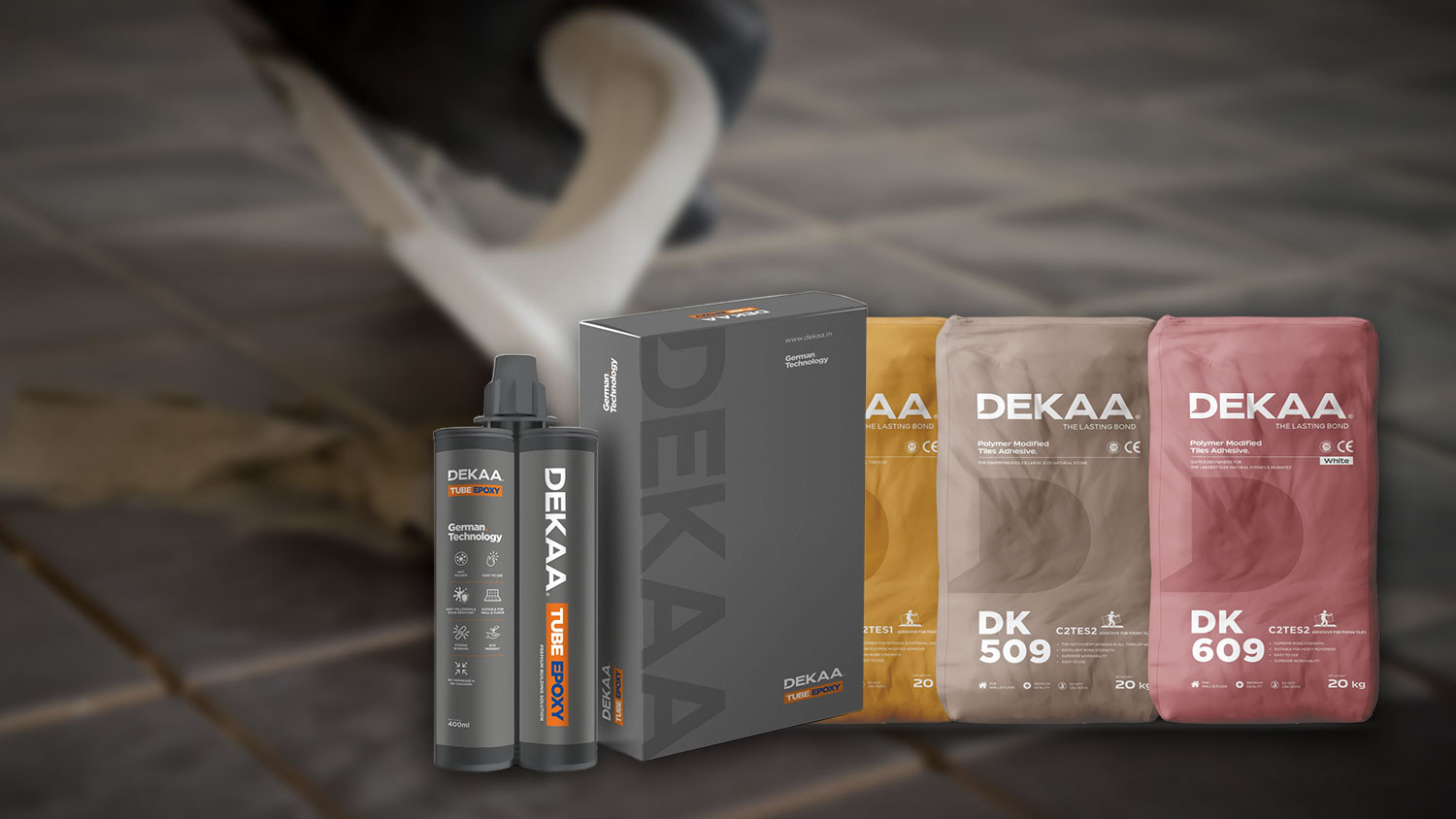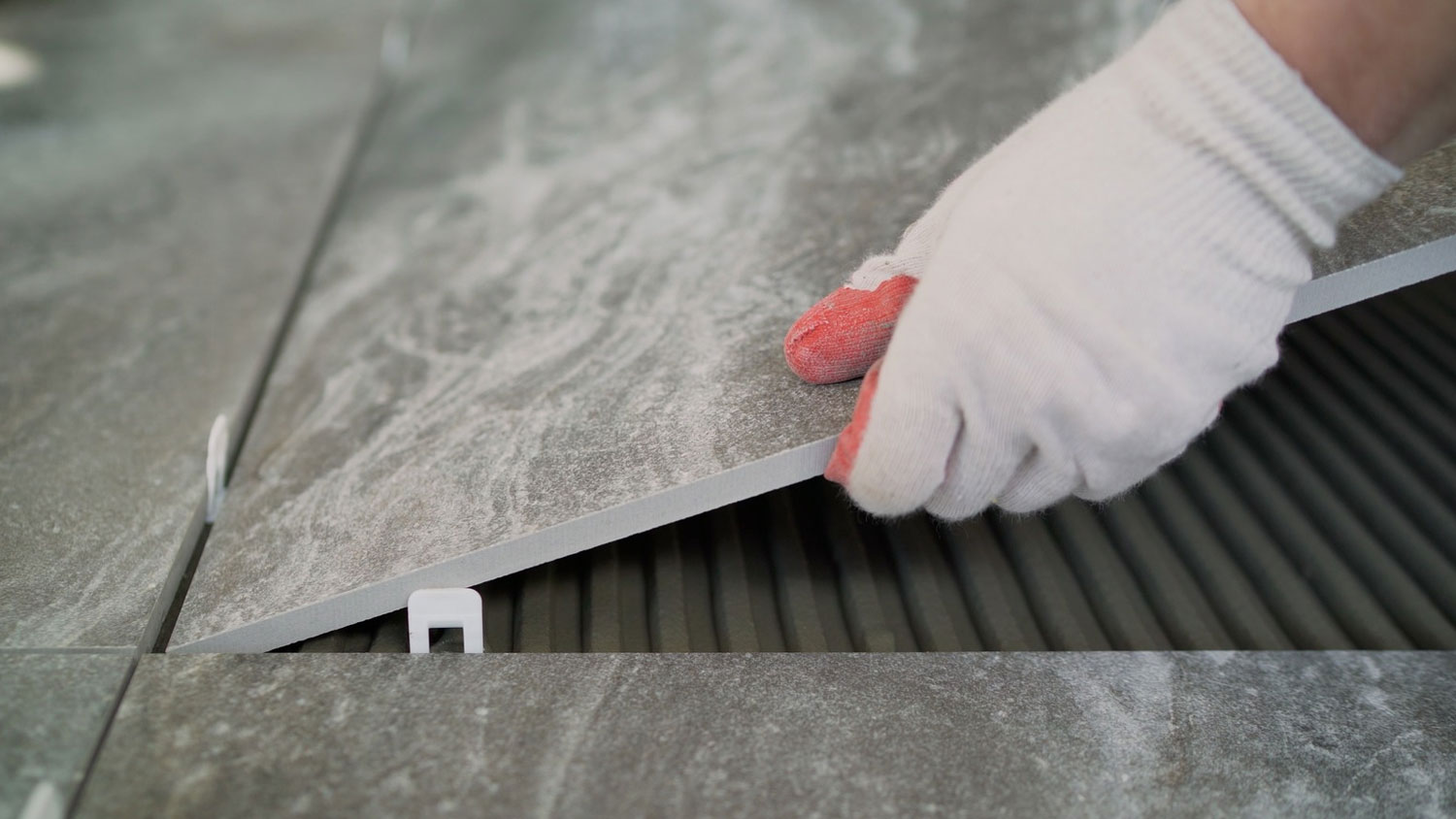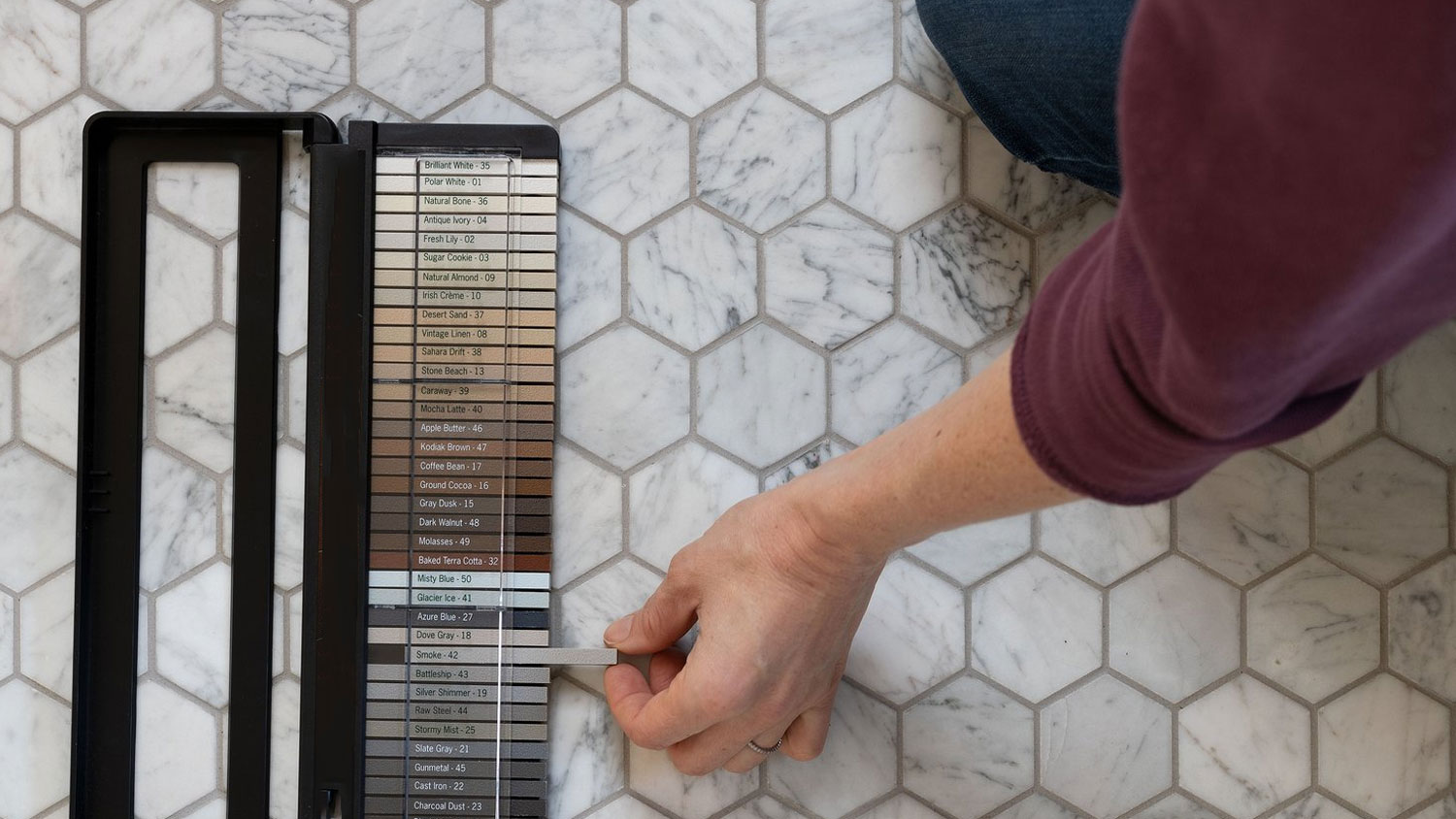
How to Enhance Your Tile Installation with the Right Grout Colors
When installing tiles, many people focus primarily on the tiles themselves—their size, shape, texture, and color. While these elements are undeniably important, another key factor that can significantly affect the overall appearance and durability of your tile installation is the grout color.
Grout, though often overlooked, plays a crucial role in both the aesthetic appeal and longevity of tiled spaces. Choosing the right grout color can help accentuate the beauty of your tiles, highlight design features, and even protect the tiles over time.
In this blog, we will explore how grout color choices impact the aesthetics and performance of your tile installation, helping you make an informed decision to create the perfect look for your space.
1. The Aesthetic Impact of Grout Color
Grout color has a profound effect on the overall visual impact of your tile installation. Whether you want the grout to blend seamlessly with your tiles or stand out as a contrasting feature, your choice of grout color can completely transform the look of your space.
A. Matching Grout for Seamless Appearance
If you want your tiles to stand out as the primary feature in a room, selecting a grout color that matches or is close to the tile color will create a smooth, seamless look. This works well when you have tiles with intricate designs or vibrant colors, as it allows the tiles themselves to be the focal point. For example, white or light gray grout with white or off-white tiles will create a uniform appearance that feels clean and modern.
B. Contrasting Grout for Bold Statement
On the other hand, choosing a contrasting grout color can make your tiles pop and add bold visual interest. Dark grout against light tiles or light grout against dark tiles creates a striking contrast, highlighting the individual tiles and making the grout lines a prominent design feature. For instance, using black grout with white subway tiles creates a dramatic, vintage-inspired look that draws attention to the grid-like pattern of the tiles. Similarly, using a bright or bold grout color, like turquoise or mustard yellow, can add a unique, playful touch to your space.
C. Complementary Grout for Subtle Enhancement
If you want a more subtle effect, choose a grout color that complements the tile color, enhancing its natural tones without overpowering the design. For example, using a beige grout with neutral or earthy-toned tiles like travertine or sandstone creates a harmonious, cohesive look that feels sophisticated and timeless.
2. Grout Color and Longevity
Beyond aesthetics, grout color can also impact the longevity and durability of your tile installation. The right grout not only improves the visual appeal of your space but can also offer practical benefits that contribute to long-lasting results.
A. Stain Resistance
One of the most practical considerations when selecting grout color is how it will stand up to stains and dirt over time. Lighter-colored grouts, such as white or cream, are more susceptible to staining, especially in high-traffic areas or wet spaces like bathrooms and kitchens. Darker grout colors, like charcoal, gray, or black, are generally more resistant to visible stains, making them ideal for spaces that are prone to dirt and spills.
For areas prone to moisture, such as showers or backsplashes, using a darker grout color or a grout specifically designed to resist moisture and stains can ensure that your grout lines remain clean and pristine for a longer period.
B. Maintenance and Cleaning
While grout color can affect the ease of cleaning, so can the type of grout itself. Epoxy grout, for example, is non-porous and easier to maintain compared to cement-based grout, making it ideal for high-moisture areas or spaces with lots of traffic. Epoxy grout is available in a variety of colors, allowing you to achieve the desired aesthetic while also making cleaning easier.
Additionally, grout sealers can be used to protect both light and dark grout colors, preventing dirt and moisture from penetrating the grout lines and reducing the frequency of cleaning. By choosing a grout that aligns with the practical needs of your space, you ensure that it not only looks great but also lasts longer.
3. Grout Color for Different Tile Types
The type of tile you’re working with can also influence your grout color choice. Different materials and finishes may require specific considerations to ensure a balanced and cohesive look.
A. Ceramic and Porcelain Tiles
Ceramic and porcelain tiles are the most common types used in residential and commercial installations. They come in a wide variety of colors, textures, and finishes, making them incredibly versatile. For these tiles, the grout color should either blend seamlessly or provide contrast depending on your design goals. For example, if you are using classic white subway tiles, white grout creates a clean, timeless look, while a darker grout color like charcoal can provide a more contemporary or edgy feel.
B. Natural Stone Tiles
Natural stone tiles, such as marble, granite, and slate, have inherent variations in color and texture that require more careful grout selection. For these types of tiles, it's usually best to choose a grout color that matches or is similar to the tone of the stone. Light-colored grout works well with lighter stone finishes, while darker grout pairs well with darker stones. Additionally, choosing a grout that complements the natural veining and patterns in the stone can enhance the overall appearance of the installation.
C. Glass and Mosaic Tiles
Glass tiles often benefit from a grout color that complements or contrasts with the transparency and reflective qualities of the tile. White or light gray grout can allow glass tiles to shine and stand out, while darker grout colors help highlight the intricate designs and patterns within mosaic tiles. Keep in mind that for intricate mosaic patterns, you may want to choose a grout color that doesn’t overpower the design but instead enhances the overall aesthetic.
The right grout color can completely transform your tile installation, enhancing the aesthetic appeal, improving maintenance, and ensuring long-term durability. Whether you want a seamless look, a bold contrast, or a complementary touch, the color of your grout is an essential factor in achieving your design goals.
By taking into account factors such as tile type, space function, and ease of maintenance, you can make an informed choice that not only elevates the visual appeal of your space but also helps protect your tiles for years to come.
So, before you start your next tiling project, consider the grout color carefully—it’s the finishing touch that brings everything together and ensures your installation is as stunning as it is functional.


